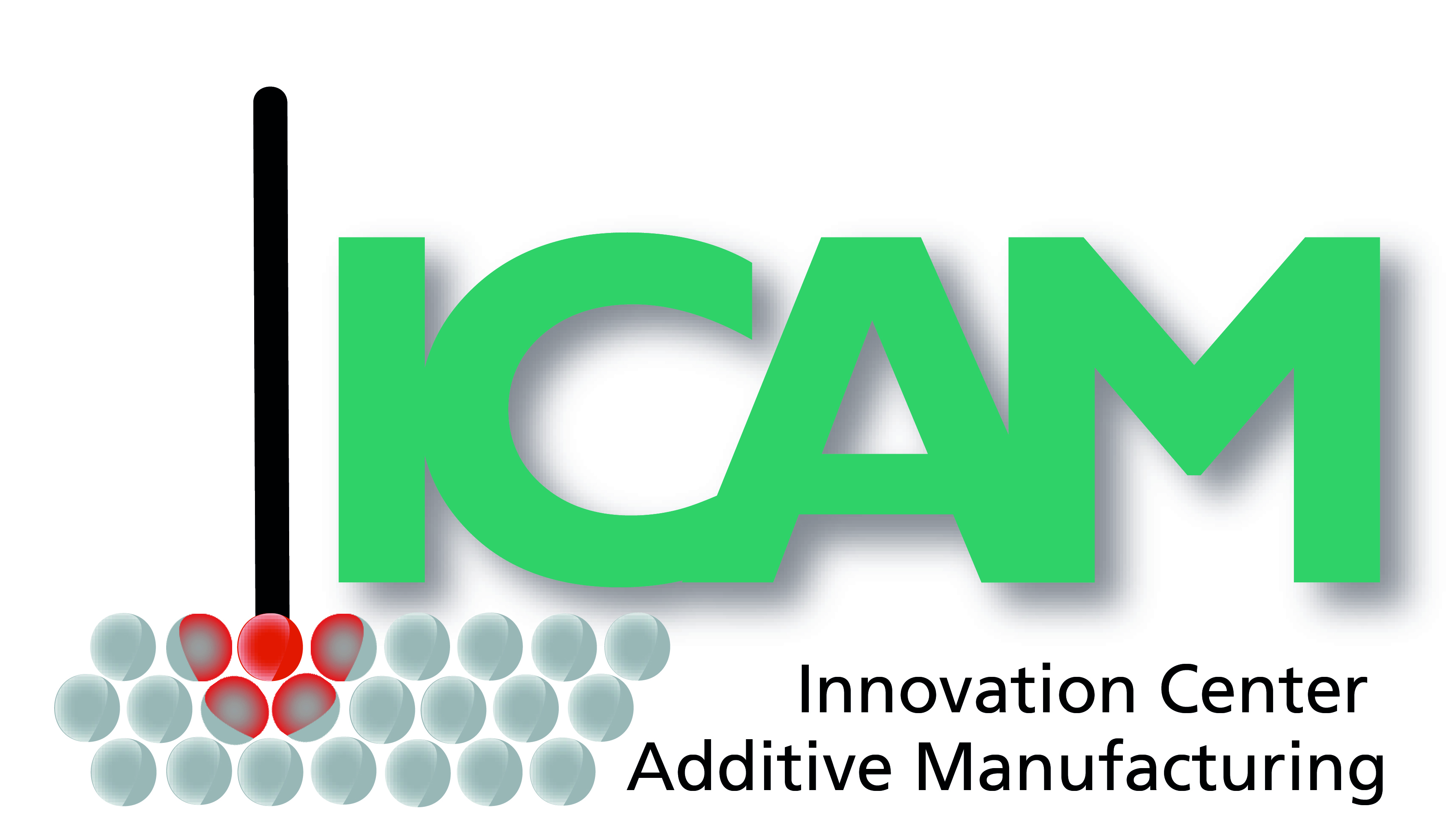

Customer-specific products, increasing diversity of variants, shorter innovation cycles and the balancing act between both small batch sizes and implementation in mass production are challenges that manufacturing companies have to face in today's competitive environment. At the same time, the efficient use of existing resources in production plays a decisive role in times of increasing resource shortages and thus additional cost pressure. Energy and material efficiency in particular play a very important role in this context. A very promising option is the production via generative manufacturing. In addition to the high degree of material utilization, the generative processes also allow completely new designs with lightweight structures or integrated functionality (e.g. flow channels) due to the high degree of design freedom, which could not be realized with conventional machining techniques or only at disproportionately high costs. In addition, time, energy and investment costs can be saved by avoiding moulds, dies or other production tools. The economic efficiency of production can thus be significantly improved by considerably reducing material and equipment costs, shortening production time and improving component design. Thus, generative manufacturing processes for components with complex shapes have a very high potential for a significant increase in productivity, economy and resource efficiency compared to current manufacturing.
In the field of metallic materials, powder-based processes are most popular. At Fraunhofer IFAM, equipment is available for a variety of technologies: selective laser melting PBF-LB (Bremen), metal binder jetting (Bremen), selective electron beam melting PBF-EB (Dresden), additve screen printing (Dresden), fused filament fabrication FFF (Dresden), MoldJet (Dresden), LMM (Dresden) and GelCasting (Dresden).
 Fraunhofer Institute for Manufacturing Technology and Advanced Materials IFAM
Fraunhofer Institute for Manufacturing Technology and Advanced Materials IFAM